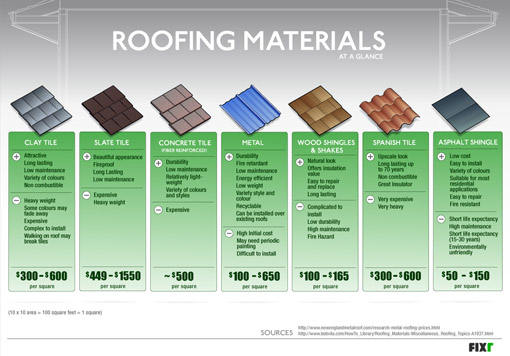When taking into consideration the prices of solar setup, you might question the upfront investment needed and whether it aligns with the possible lasting benefits. Understanding the details of these expenditures and the different elements influencing the general return can clarify the value recommendation of transitioning to solar power. By reviewing both the preliminary setup costs and the forecasted savings over time, you can obtain understanding into whether the investment in solar setup holds pledge for your monetary future.
Preliminary Setup Expenditures
When considering the costs of solar installation, the first configuration expenses play an important function in your decision-making process. These ahead of time expenses consist of the price of solar panels, inverters, installing equipment, and setup labor.
The price of photovoltaic panels can differ relying on the brand name, performance, and dimension you choose. Inverters are crucial for converting the sun's energy right into functional electrical power and can be found in different kinds such as string inverters, microinverters, and power optimizers, each with its own expense effects.
Placing equipment, such as shelfs and rails, is needed to firmly mount solar panels on your roofing or home.
The installation labor cost covers the expert installation of the planetary system, guaranteeing that every little thing is established correctly and successfully. Remember that while these first setup expenditures might appear high, there are typically refunds, tax obligation motivations, and financing alternatives readily available to aid balance out the costs and make solar installation much more inexpensive in the future.
Long-Term Cost Savings Evaluation
To understand the economic advantages of solar installation gradually, it's vital to carry out a comprehensive long-lasting financial savings evaluation. While simply click the following site of photovoltaic panels might appear difficult, the long-lasting savings can surpass these expenses substantially. By utilizing the power of the sunlight to produce power for your home, you can possibly save hundreds of bucks on your utility costs over the lifespan of your solar system.
Among the key elements to consider in a long-term cost savings analysis is the reduction in your electrical power expenses. With photovoltaic panels, you can generate your power, lowering and even eliminating your reliance on the grid. This can bring about significant financial savings, specifically as utility rates continue to rise.
In addition, many federal governments use incentives such as tax obligation credits and discounts for mounting solar panels, even more boosting your long-term cost savings. By taking advantage of these rewards and optimizing your solar energy production, you can appreciate significant financial advantages for several years to find.
Roi Estimation
Thinking about the economic advantages of solar installment, it's time to analyze the Roi (ROI) calculation. Determining the ROI entails contrasting the total expenses of installing a solar system with the financial benefits it produces over its life-span.
To compute ROI, divide the internet make money from the system by the complete financial investment cost and multiply by 100 to obtain a percent. The ROI formula is: (Internet Earnings/ Total Investment Cost) x 100.
For mouse click the next internet page , if the overall cost of installing a planetary system is $20,000, and over its life expectancy, it generates savings and profits totaling $30,000, the web revenue would be $10,000. Splitting this by the total financial investment cost of $20,000 provides a proportion of 0.5. Increasing this by 100 supplies an ROI of 50%.
Usually, a greater ROI shows a more monetarily rewarding financial investment. Aspects like federal government rewards, upkeep costs, and power cost fluctuations can impact the ROI of solar setups. Comprehending the ROI aids in analyzing whether investing in solar power deserves it over time.
Final thought
Finally, understanding the expenses of solar installment is crucial for determining if it is worth the financial investment. By taking into consideration first arrangement expenses, conducting a long-lasting savings analysis, and calculating the return on investment, you can make an informed decision about the economic worth of solar energy. With the potential for reduced utility costs and raised power self-reliance, buying solar installation can be a smart selection for both your purse and the environment.
